Introduction
This post is the second in a series of three posts about the St. George Bird Fest 2025 that was held at the end of April in St. George, Utah. The first post can be viewed here:
Pine Valley Mountains
On day 2 of the Bird Fest, we signed up for birding in the Pine Valley Mountains. Initially, we started at the town of Central and slowly made our way to the town of Pine Valley. And finally, into the Dixie National Forest itself walking along the Santa Clara River.
Interesting fact about the Pine Valley Mountains is that the granite mountain is a laccolith, a magma intrusion into surrounding rock that forms a dome shape underground. The magma hardened underground and was later exposed by erosion. This laccolith is the largest in the US, and possibly the largest in the world.
What makes it a nice place for birding is that in a short distance it covers different habitats from open fields to mixed Juniper and Pinyon Pines to large pine trees. So, you can see a wide variety of birds.
One thing that was an issue this day was it was quite windy, so we didn’t see as many as we hoped. But still some good birds and good photos. As with my previous post, the highlighted name for each bird is a hyperlink you can follow to read more about each one. Now on with the birds of the day.
Wild Turkey
Initially, in the town of Central, we saw many birds, but from a great distance. Those photos from there are not very good because of this. The first good look at a bird was of a Wild Turkey. There were quite a few Turkeys wandering around.
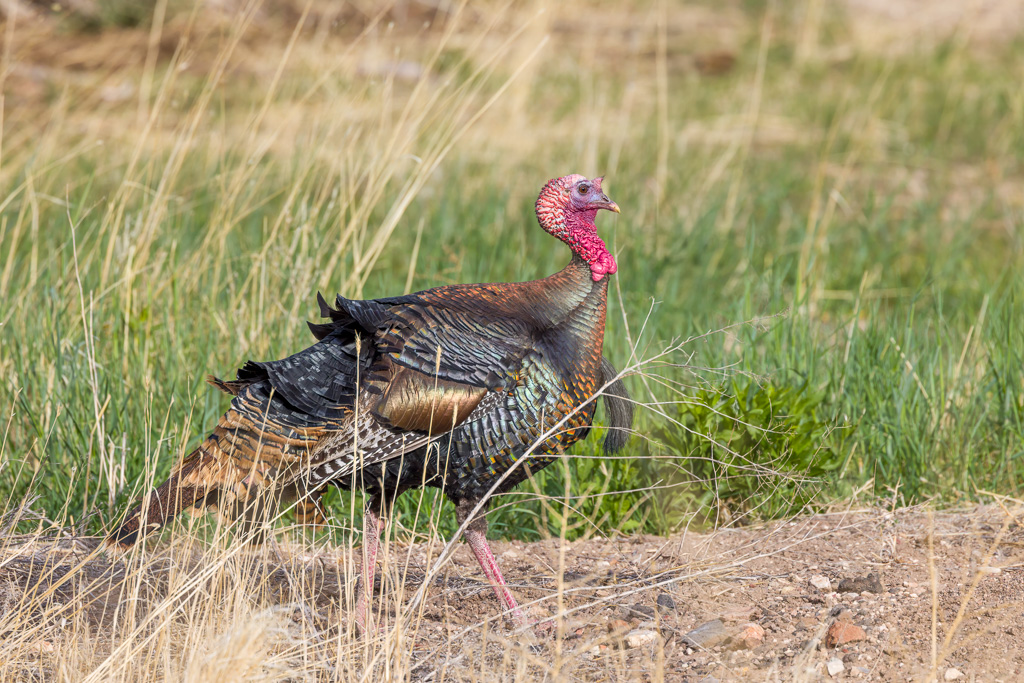
Phainopepla
Phainopeplas are one of my favorite birds. They look roughly like a Black Bird but have a nice crest and beautiful red eyes. Males are a slightly iridescent black, while the females are gray. The male’s wings have white patches which you only see when they are flying, which gives it the appearance of flashing. Or as a friend of mine would say, “A sparky bird.”
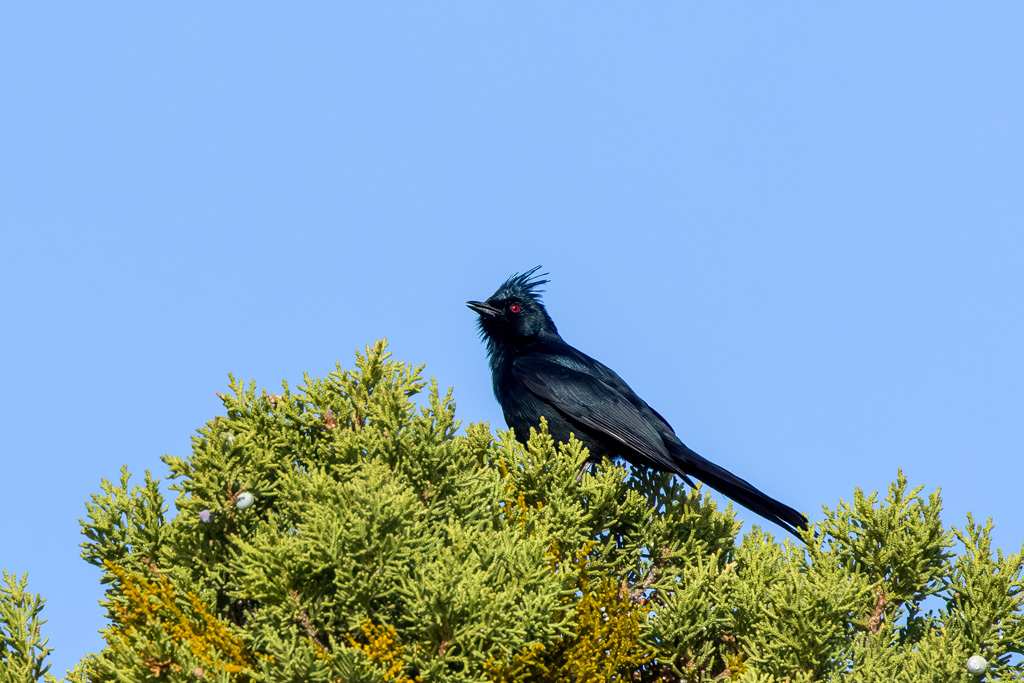
Red-tailed Hawk
A Red-tailed Hawk was soaring overhead scanning for food. He made several close passes over us, so I got a good shot of him flying overhead. Red-tailed Hawks seem to have significant variations in coloring, but generally considered either dark of light morph. This one appears to be a light morph.
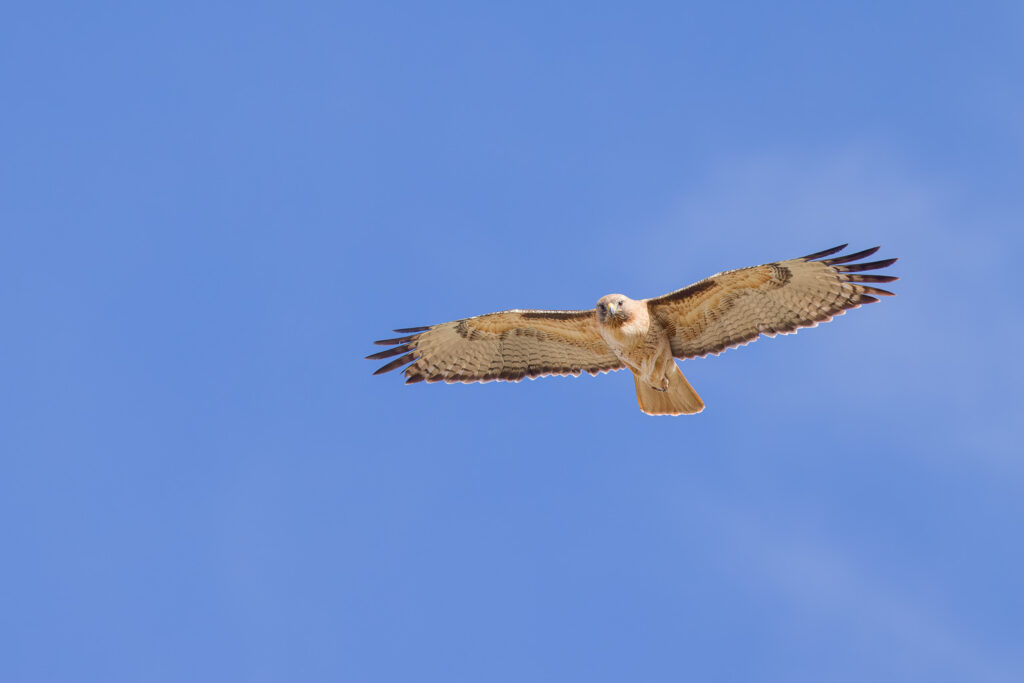
Chipping Sparrow
The Chipping Sparrow is a small sparrow with an easily recognizable call. It has a nice orange crown which makes it a good bird to photograph.
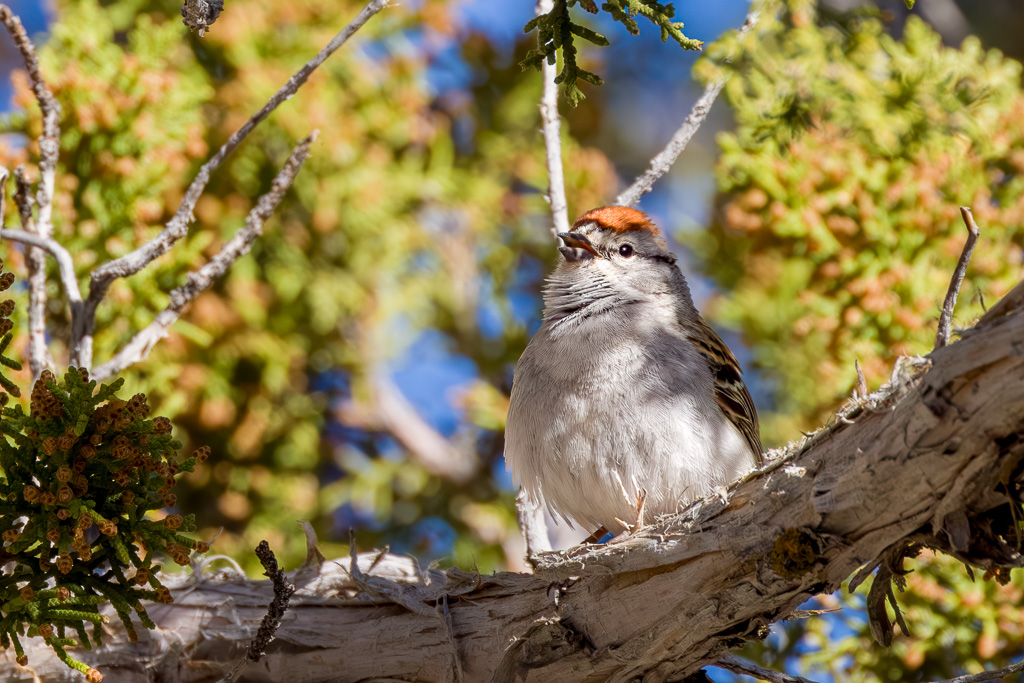
Mountain Chickadee
Mountain Chickadees are small black and white birds that live in the mountains, as the name suggests. Like many small birds, they flit around quickly making it difficult to track in the viewfinder.
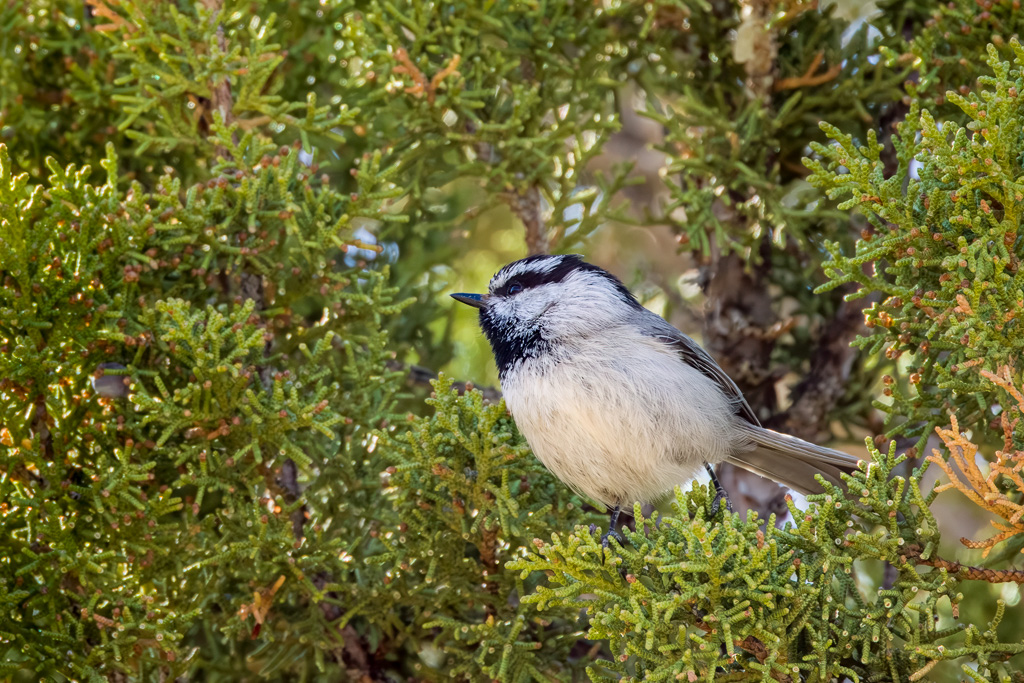
Mountain Bluebird
What can I say about Mountain Bluebirds. Anytime I see them I feel happy. Too cliche? Well, the intense blue is quite always stunning to see.

House Finch
The House Finch is a very common bird found in many different habitats. The males have a beautiful red color around their heads. But since they are so common, I am a little bored of them. Though we did see a parent feeding its fledgling in our backyard last week, so that was something different.
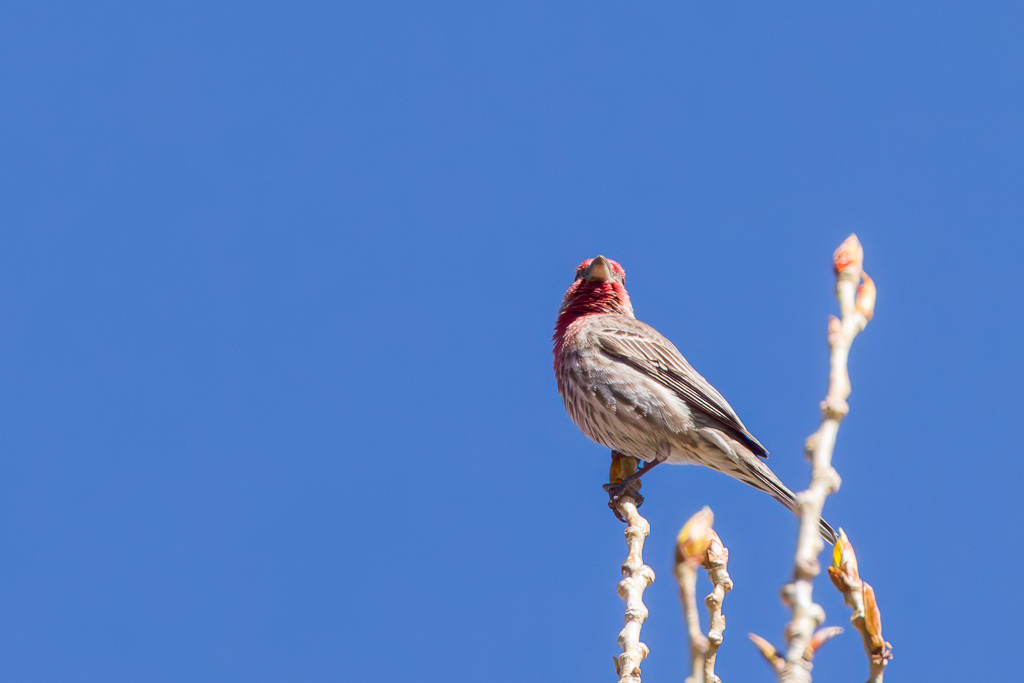
Pygmy Nuthatch
The Pygmy Nuthatch is a forest bird and is certainly far less common than House Finches. By this point, we were out of the small towns and in the forest, the Nuthatches habitat. They hang out in tall pine trees flitting from branch to branch, making weird poses, sometimes hanging upside down trying to get their food. This one was so quick I had to hang out for a while to get some good shots. But I ended up with two that I really liked.
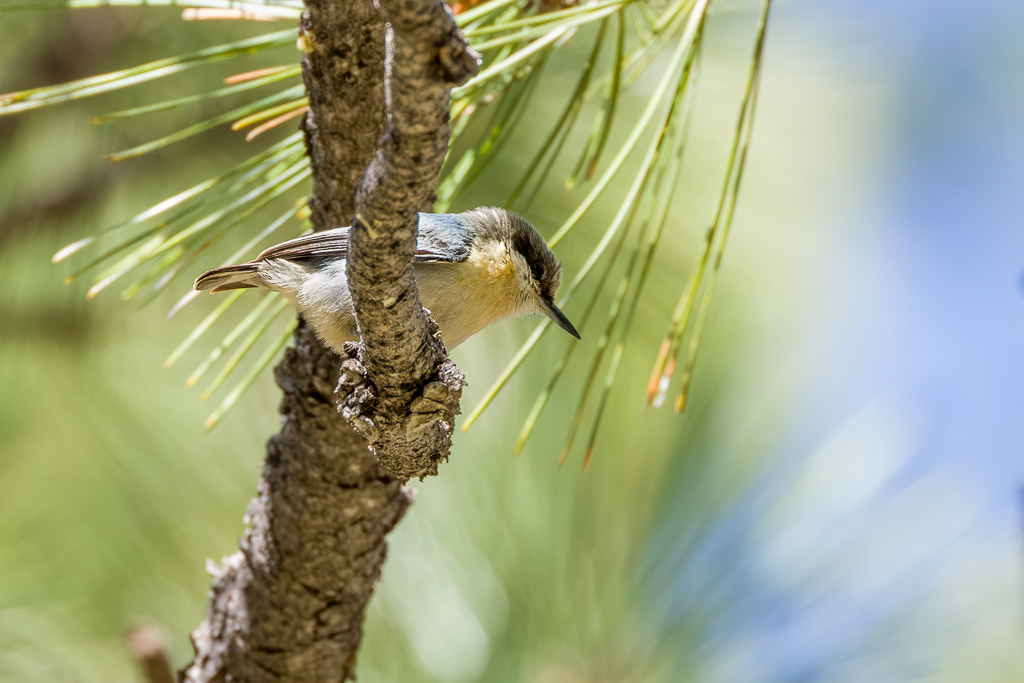
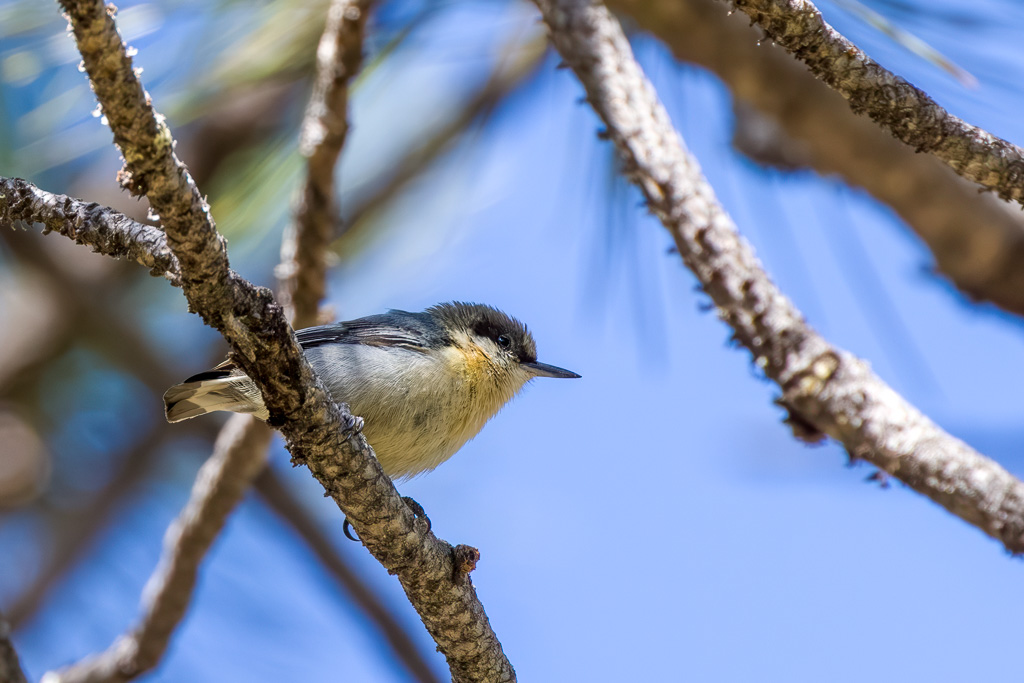
Hairy Woodpecker
Another forest dweller is the Hairy Woodpecker though they actually have a wide distribution from sea level to high mountains, basically anywhere there are large trees. I love to hear the rapid tapping noise they make when drilling into trees because it can be heard from long distances.

Spotted Sandpiper
At the end of the Santa Clara River Walk we spotted a Spotted Sandpiper. He was at the bottom of the spillway of the Pine Valley Reservoir looking for food. Not exactly the kind of bird I expected to see high up in a mountain forest, though they do live all across North America even in mountains up to 14,000 feet!
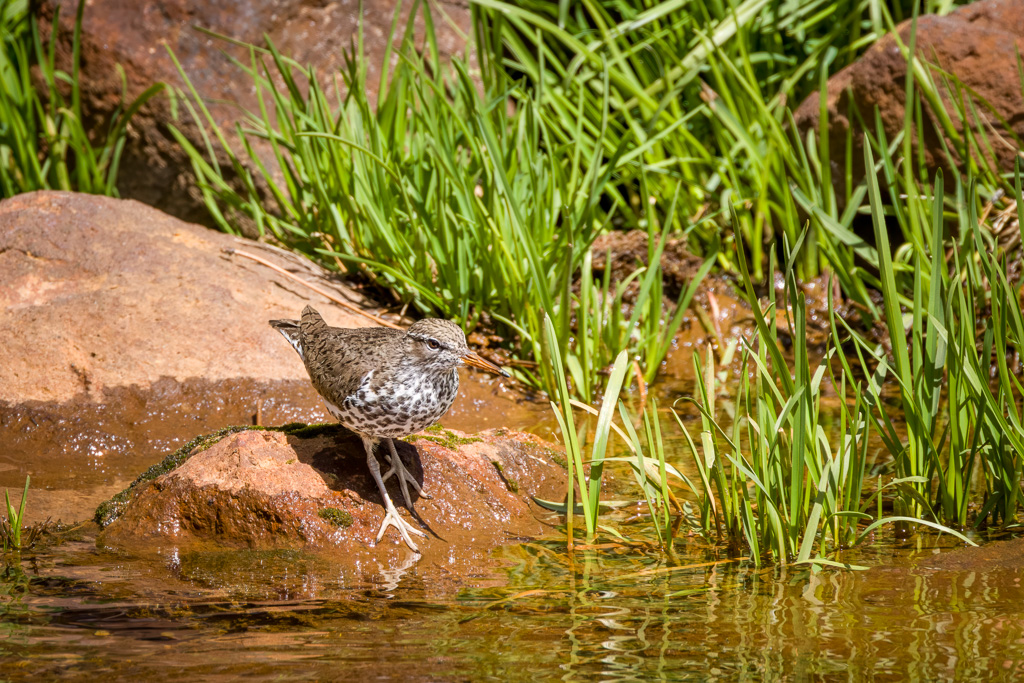
Steller's Jay
At one point, we clearly heard a loud Goshawk call piercing the stillness of the forest. Search as we might, we could not find it even though the calls continued for a while. Every time it called, I would checkout the area it came from very carefully but could only spot a pair of Steller’s Jays. Later, I read that Steller’s Jays often mimic other bird calls including Goshawks. Go figure!
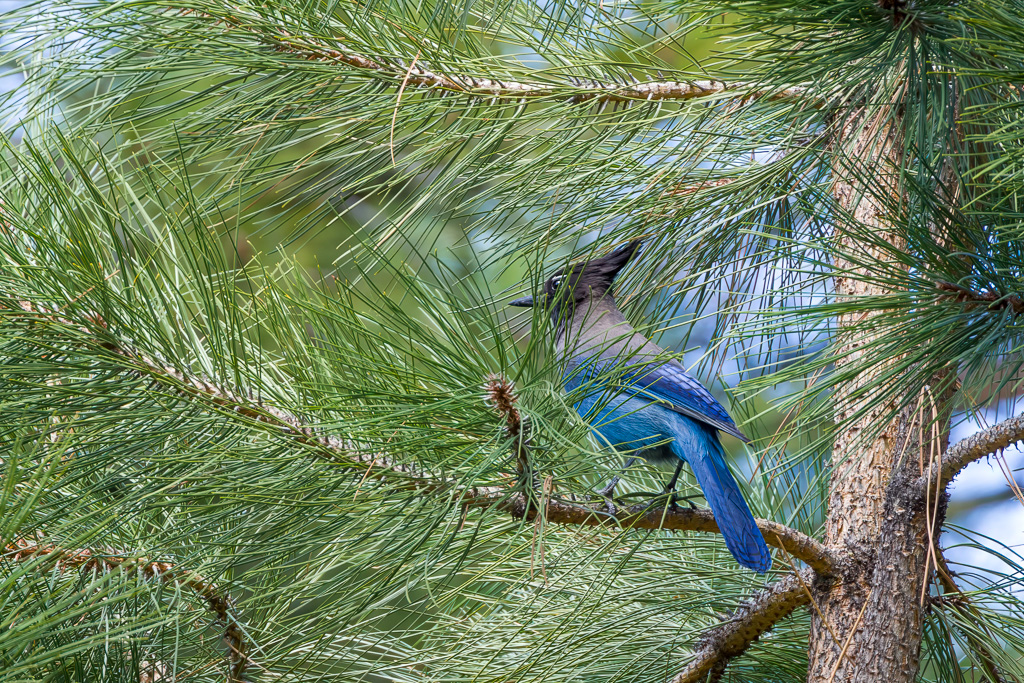
Green-tailed Towhee
Another one of my favorite birds is the Green-tailed Towhee. It has a beautiful orange cap and Greenish-yellow wing and tail feathers. It spends so much time on the ground in thick branches that getting a shot is quite difficult. I was surprised to see, however, that in early May, we had a pair of these birds come to our yard. I only knew because we have a ring camera setup at ground level to record what animals come by. Unfortunately, they left the area before I had a chance to spot them.
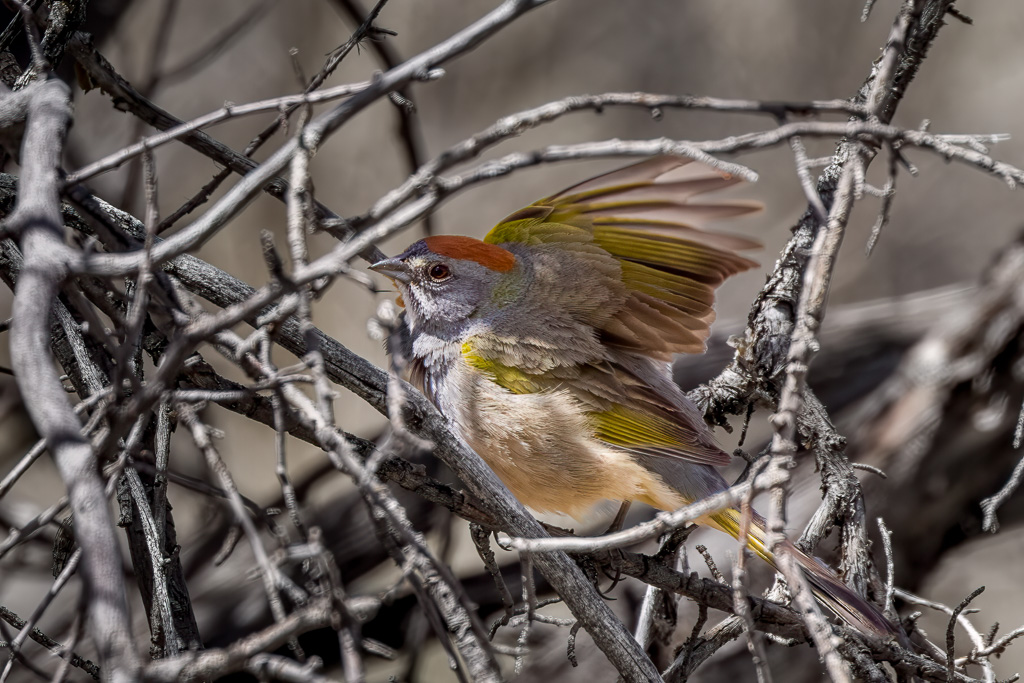
Mule Deer
What is a forest without some Mule Deer. No, they aren’t birds, but so what? It’s always nice to see them in the forest.
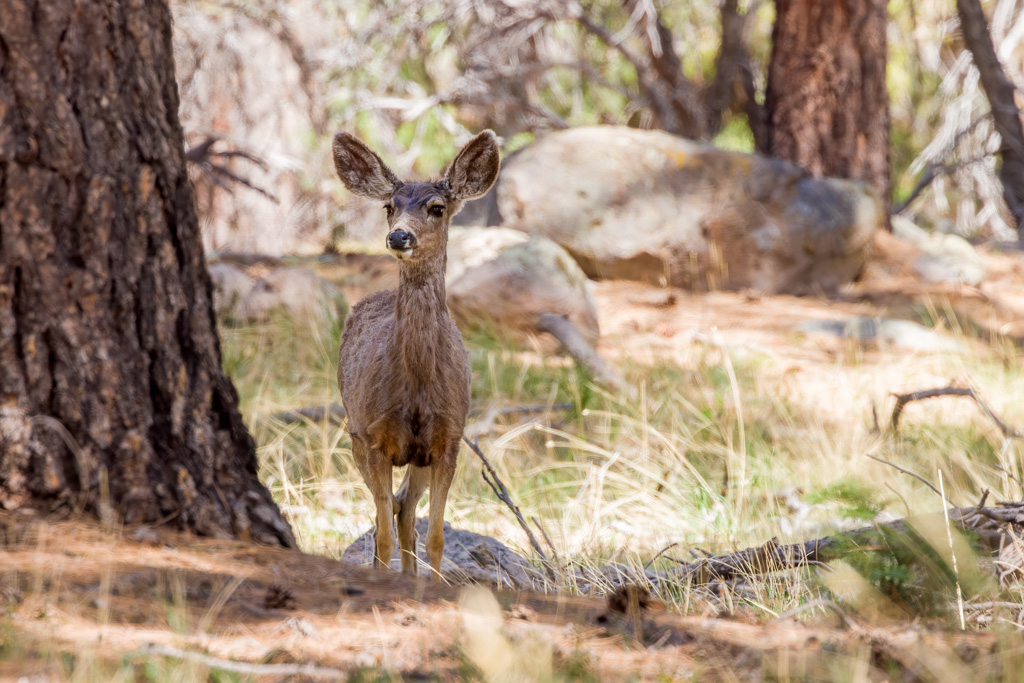
That concludes day 2 of the St. George Bird Fest. Day 3, the last day, will be the subject of my next blog post where we travel to Zion for Mid and High Elevation Birding and even visit a ghost town.

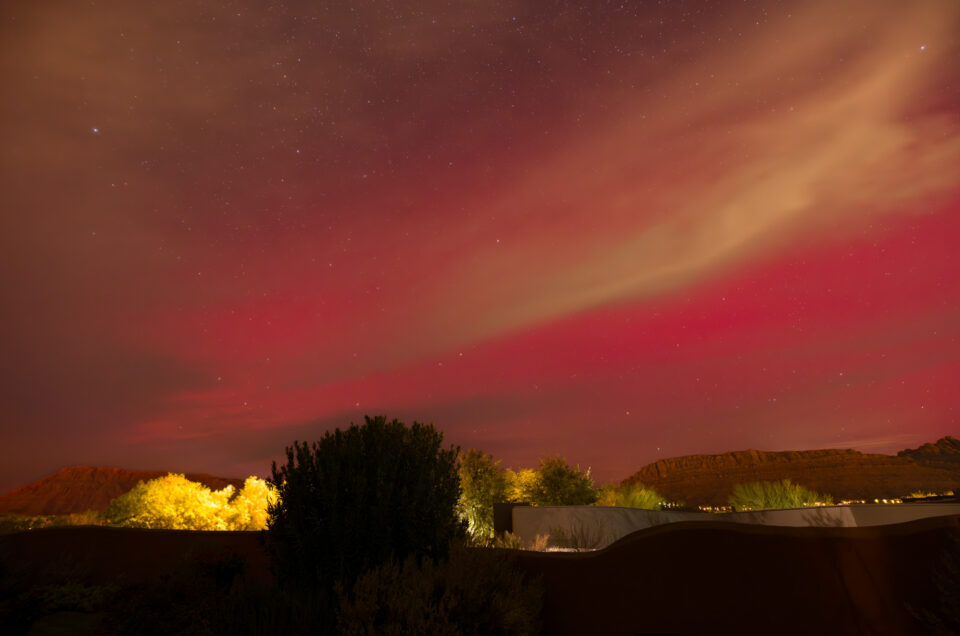
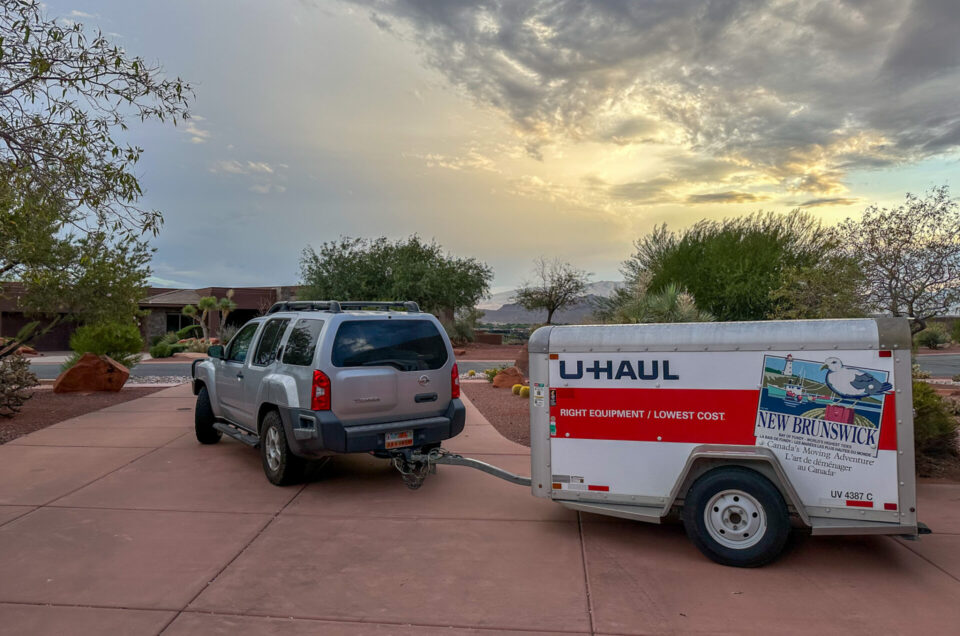
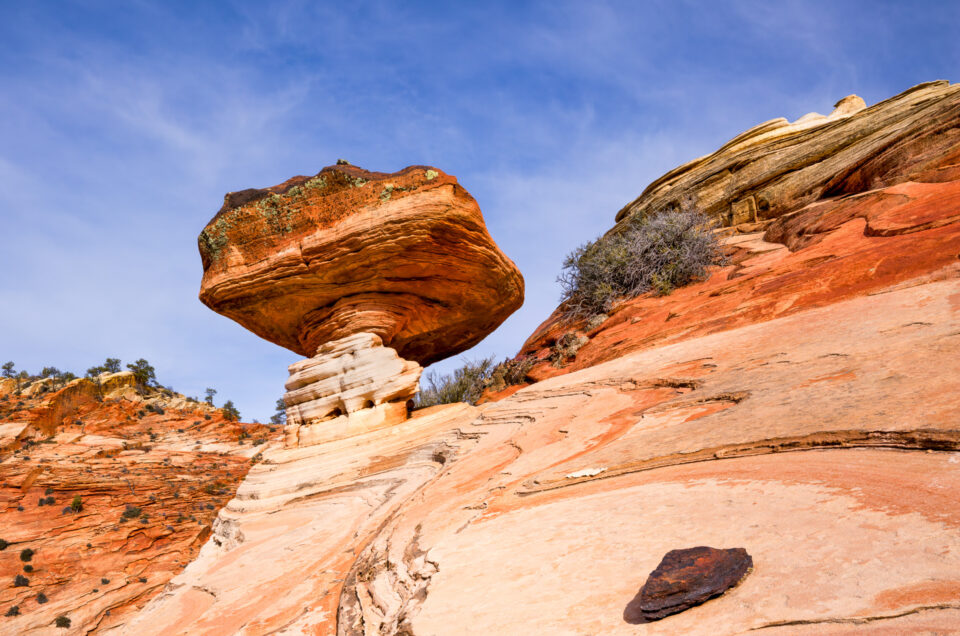
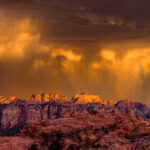
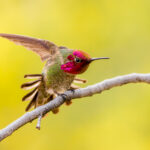
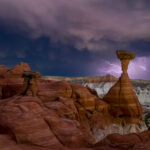

Leave a reply